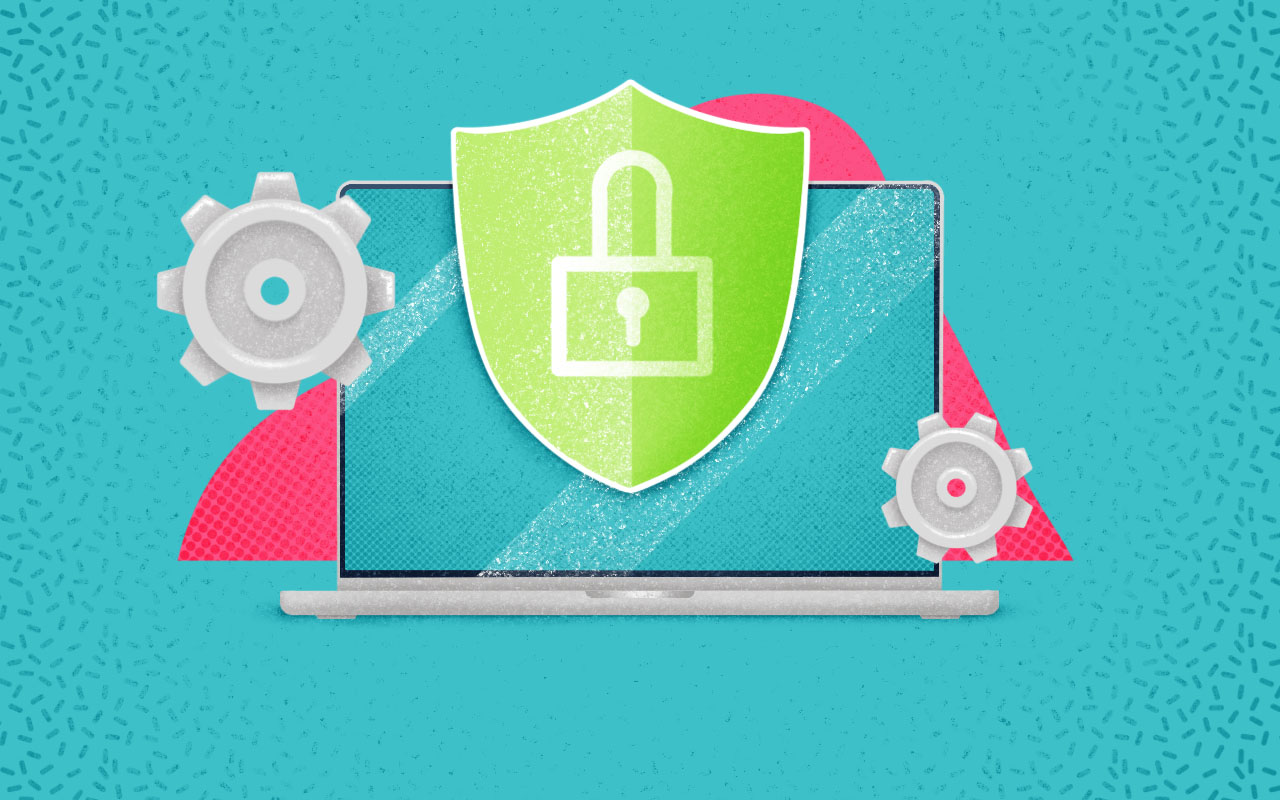There’s currently a 3.4 million global shortage of cybersecurity professionals.
(…a number that’s only growing as the years and days go on.)
Add in Gartner’s claim that about half of the current leaders in cybersecurity will change jobs due to work stressors and you’ve got an industry that, from an outsider’s perspective, is in utter disarray. Especially considering companies like TeamViewer, a well-known remote access tool, are routinely falling victim to data breeches. This is TeamViewer’s second incident (as of February 2024) since 2016 where devices were breached using TeamViewer to encrypt files using the password protected LockBit 3 DLL.
TeamViewer isn’t the only company falling victim to these data breeches.
Hackers stole information on all users in Okta’s customer service support system in October 2023.
A cyberattack exposed Air Europa’s customers credit card details in September 2023.
Over half of Verizon Communications’ workforce (63,000 people) had sensitive information exposed in a data breach in February 2024.
Something must change. But what?
This article will explore the current state of cybersecurity, why the field matters to businesses, and how automation of IT tasks can help fill the talent gap.
Why Businesses Can’t Overlook the Importance of Cybersecurity
The nature of existing in a technologically forward world is that your business is exposed to some form of cyber threat every moment. To keep your business safe, you need to have protective measures in place that will both prevent and mitigate the risks associated with any potential cyber-attack. That means, you need security measures in place to protect your customers and your data—systems and processes (can be automated to a point, but still need humans for certain tasks and management). If it’s not done by an internal team, it needs to be outsourced (this still requires a steady increase in cyber talent).
The Current State of the Cybersecurity Industry
What factors are in play that make cybersecurity such a looming and under-addressed problem today?
Is it that technology developed too fast to keep pace?
Is it that the roles don’t pay well and there’s minimal career growth?
Is it that there aren’t enough competent, able-bodied people to fill the positions?
Is it that there wasn’t enough emphasis on the development of training and education programs until there was a dire need for cybersecurity roles?
The current state of the cybersecurity industry is a mixture of these factors…and more.
However, there is still hope for improving the current state of cybersecurity and building a brighter, less stressed future for those in the industry. The fact of the matter is the field of cybersecurity isn’t going anywhere. There are thousands, if not millions, of jobs positions sitting vacant, waiting to be filled (top ones include: Penetration & Vulnerability Tester, Network Engineer, Security Architect, Cybersecurity Specialist, and Systems Administrator).
The biggest issue at hand isn’t that there’s a lack of talent. It’s that cybersecurity professionals are stressed, and well past their limits in terms of work capacity—they’re burnt out. To keep the current professionals in the field (and add new ones!), they need a solution, and fast.
Enter: automation, the ability to streamline tasks using automated processes (and in the case of IT, using artificial intelligence).
7 Areas for Automation in Cybersecurity
For cybersecurity, automation is a force multiplier. It enables organizations to defend and adapt (and quickly!) to incoming threats—strengthening a company’s ability to mitigate risks in real-time. Not only does this make organizations more resilient and adaptive in the digital age, but it also enables them to deal with the high volume of incoming cyber threats and/or the high volume of testing that companies experience in any given day (especially relevant for larger companies, where it would be impossible for humans alone to keep track of the immense workload).
Last year (2023), the IDC predicted that by, “2026, 20% of large enterprise organizations will migrate to autonomous security operations centers (SOC) accessed by distributed teams for faster remediation, incident management, and response”—with India leading the charge for the location of the data centers. Below are the 7 most important impacts IT automation has on the field of cybersecurity.
Real-Time Threat Detection
Automation tools can continuously monitor network traffic and user behavior to identify any anomalies (read: find anything that points to a potential security threat). Additionally, with automated response mechanisms in place, organizations minimize the time between the detection and mitigation of threats—reducing the window of opportunity for attackers.
Anomaly Detection
Machine learning and artificial intelligence technologies can learn the patterns of user behavior, system interactions, and network traffic to flag any deviations from the norm—identifying threats before they get out of hand. Automating these processes and using the large datasets will allow your organization to find subtle indicators of a compromise that would otherwise go unnoticed.
Automated Incident Response
Automation streamlines the incident response process by using frameworks to execute predefined actions in response to the security incidents they’re associated with (e.g. isolating affected systems and blocking malicious IP addresses) to accelerate the mitigation and keep communication consistent and coordinated (very important).
Patch Management & Vulnerability Remediation
Automation enhances the efficiency of patch management and vulnerability remediation processes—reducing the amount of cyberattacks that exploit vulnerabilities in software and systems. Automation tools will prioritize IT infrastructure vulnerabilities based on risk and can then deploy patches quickly and efficiently—minimizing the likelihood of exploitation.
Security Orchestration
To get the best, most efficient and successful response (read: fast remediation) cybersecurity protocols need to be coordinated well before anything happens. When using automation tools, you can integrate different technologies and programs together for a cohesive, collaborative approach, rather than a jumbled, disjointed one. When information can flow seamlessly between systems, your organization will have a more comprehensive view of the threat landscape—promoting faster decision-making.
Access Control
User authentication processes (e.g. multi-factor or 2FA) can be enhanced with automation thanks to contextual factors such as user behavior and device attributes. These automated processes will then enforce stronger access controls and reduce the risk of unauthorized system access.
Security Awareness Training and Simulation
Human error remains a significant factor in cybersecurity incidents. Automation can play a role in security awareness training by delivering targeted and personalized training modules to employees. Additionally, automated simulation exercises can mimic real-world cyber threats, providing employees with practical experience in identifying and responding to potential security risks. This proactive approach helps in building a security-conscious culture within the organization.
As your company assesses your IT budget and future objectives, investing in automation for your cybersecurity and support processes shouldn’t be a nice-to-have. It should be a requirement. IT automation will free up your current employees to work on higher-level tasks, minimize the time between threat detection and mitigation, and lead to less human errors (the biggest cause of cyber issues).

